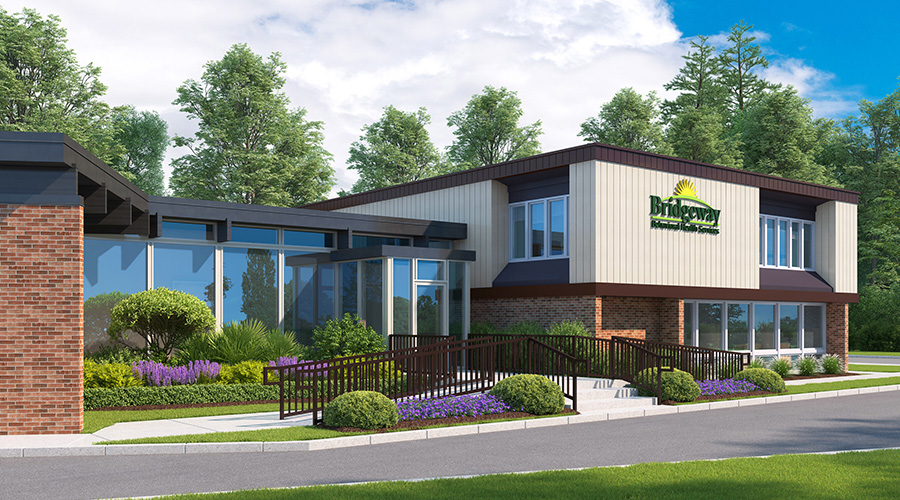Dr. Robert Redfield, director of the Centers for Disease Control and Prevention, said as most respiratory viruses have a seasonality to them, in the late spring, early summer season, we’re going to see the transmission decrease, similar to what we see with flu as the virus then moves into the Southern Hemisphere, according to an article on the NPR website.
In May, June, July, healthcare professionals will to try to use those public health techniques to limit the ability to have wide-scale community transmission and prepare for another wave that may come in the late fall, early winter.
Hopefully, we'll aggressively re-embrace some of the strategies that are having an impact, such as social distancing, he said.
“This virus is going to be with us. I'm hopeful that we'll get through this first wave and, and have some time to prepare for the second wave.”

 Healthcare Is the New Retail
Healthcare Is the New Retail Bridgeway Behavioral Health Services Launches Campaign to Renovate Health Center
Bridgeway Behavioral Health Services Launches Campaign to Renovate Health Center Ground Broken for New North Dakota State Hospital
Ground Broken for New North Dakota State Hospital AI Usage for Healthcare Facilities
AI Usage for Healthcare Facilities Ground Broken on Pelican Valley Senior Living Modernization Project
Ground Broken on Pelican Valley Senior Living Modernization Project